opportunity assessment and marketing plan
Effective branding requires an effective understanding of your audience and competitive ecosystem.
CDA’s 7-Point Assessment is an audit that provides an easy-to communicate SWOT Analysis, actionable next steps, and recommendations in how and where to allocate resources.
- Stakeholder Interviews
- Industry Trends Report
- Audience Report
- Competitor Audit
- Brand Audit
- Communications Audit
- Marketing Plan
stakeholder interviews
It is an essential first step to identify areas of misalignment and missed opportunities amongst chief stakeholders, champions, and advocates in the community.
This involves coordinating a round of interviews with different groups to:
- Collect insights, media, and materials from the people most directly involved on a day-to-day basis
- Identify opportunities for data sharing
- Create organizational alignment
- Identify areas of misalignment and conflicting priorities/objectives amongst stakeholders
- Create comprehensive organization “wish list” of features to inform ultimate strategic direction

industry trends report
As a part of CDA’s core philosophy of Start With Who, we stay plugged into industry-specific data sets, able to report on overarching trends and best practices for destination marketing.
Report Includes:
- Visitor Insights (Psychographic, Demographic, Geo)
- Visitor Media Habits
- Visitor Spending Preferences
- Drivers of Visitation & Purchase Consideration
- Marketing/Advertising Spend Benchmarks (By Channel)
- Messaging/Imagery Trends
- Examples and Data from Comparable Destinations

audience report
CDA will combine data from online surveys, stakeholder interviews, historical engagement data from web & social properties (including review sites), and census data to develop marketing profiles and personas for the different audience targets you will need to reach and engage, including:
- Socio-Economic Factors
- Cultural Considerations
- Geography
- Media Habits
- Decision-Making Factors
In the Marketing Plan, we will then map specific tactics and resource cost to achieving specific objectives with each group.
Report Includes:
- Audience perception & differentiation from competing destinations
- Target personas for marketing communications
- Audit of heart-side and head-side considerations: surveys, interviews, feedback, comments, social listening, online reviews
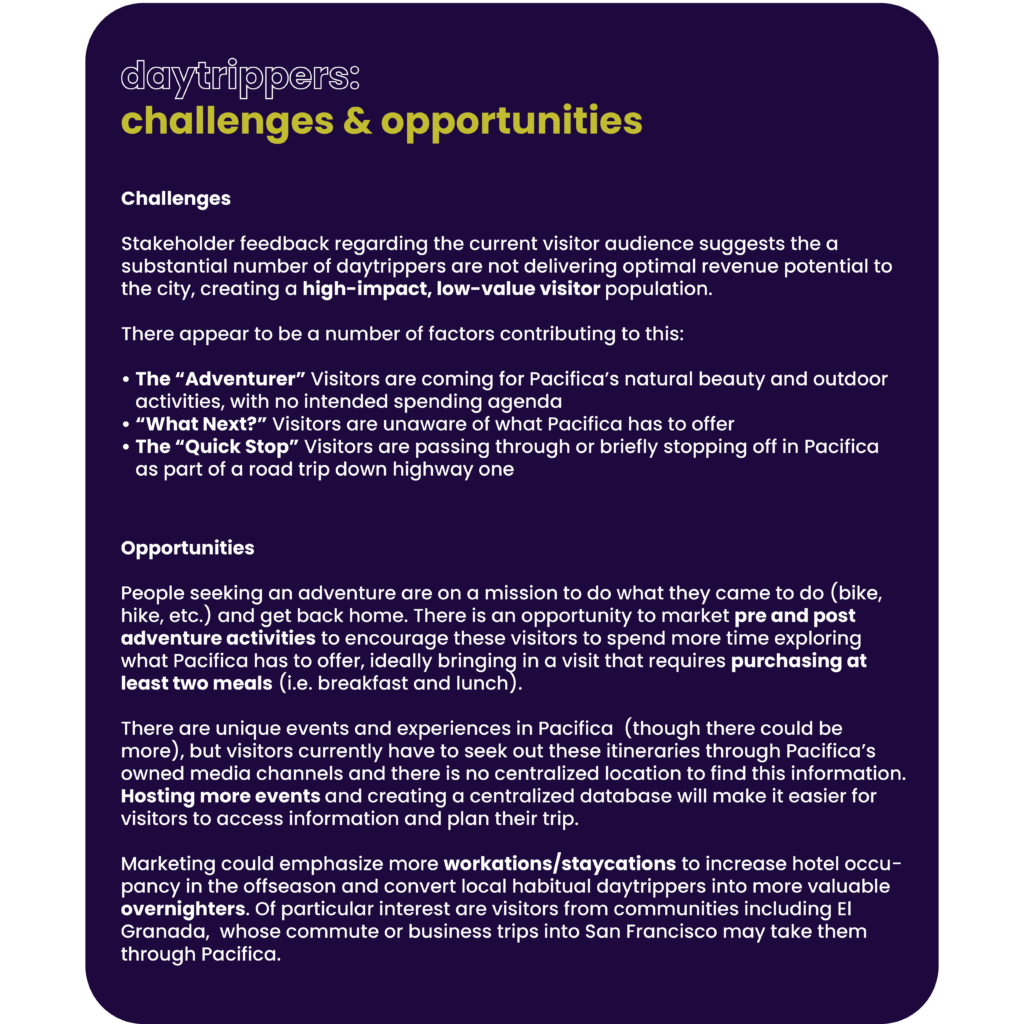
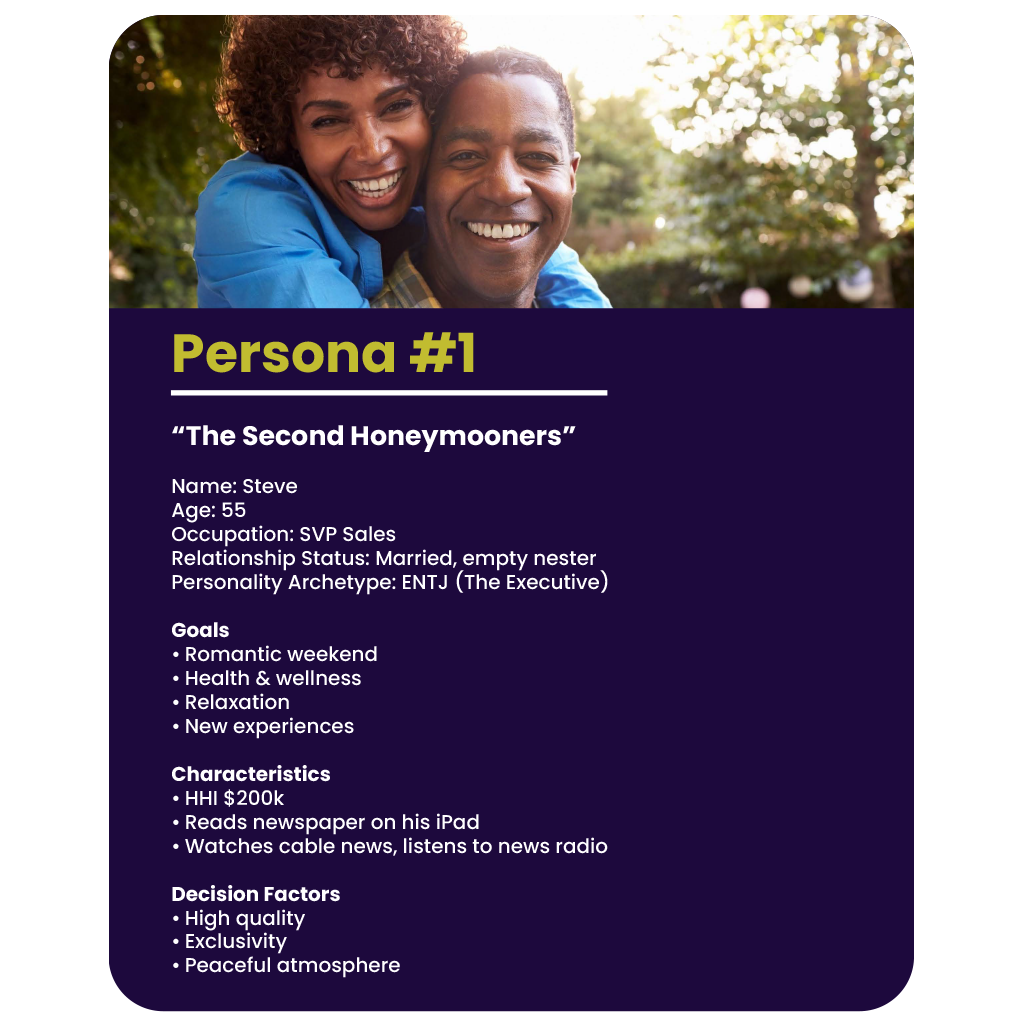
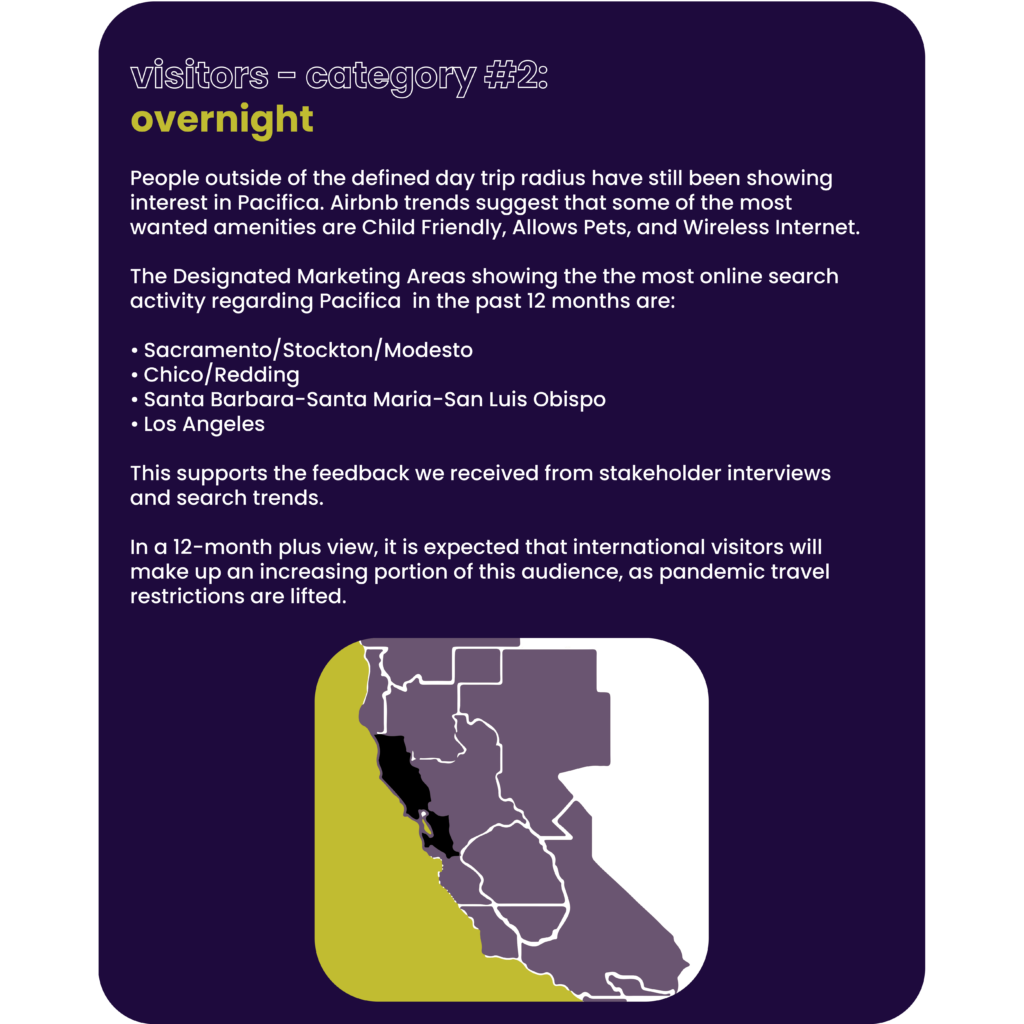
competitor audit
We will identify and visualize areas of competitive advantage, differentiation, parity, and where your brand is falling behind competing destinations.
Included in the Audit:
Overview
- Visitor Experience
- Core Benefits and Value Proposition
- Misc. Value
- Price
Branding/Positioning
- Messaging
- Tagline
- Design/Brand Style
- Mission/Purpose
Communications
- Website
- Social Media
- SEO & Google Search Trends
- Paid Media/Advertising
- eCRM (email, SMS, notifications)
- Misc. Web Presence & PR
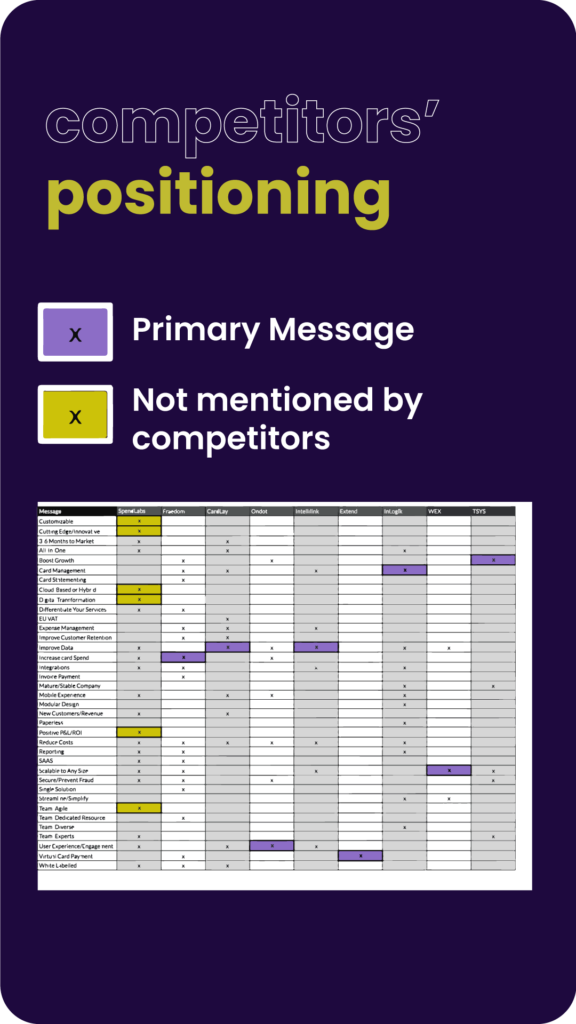
brand audit, pt. 1
We begin by by developing a strategic foundation that finds alignment between 3 things:
- Audience Truth (preferences, habits, pain points, lifestyle)
- Brand Truth (value proposition, archetype, differentiators)
- Cultural Truth (beliefs, values, current events, unique voice)
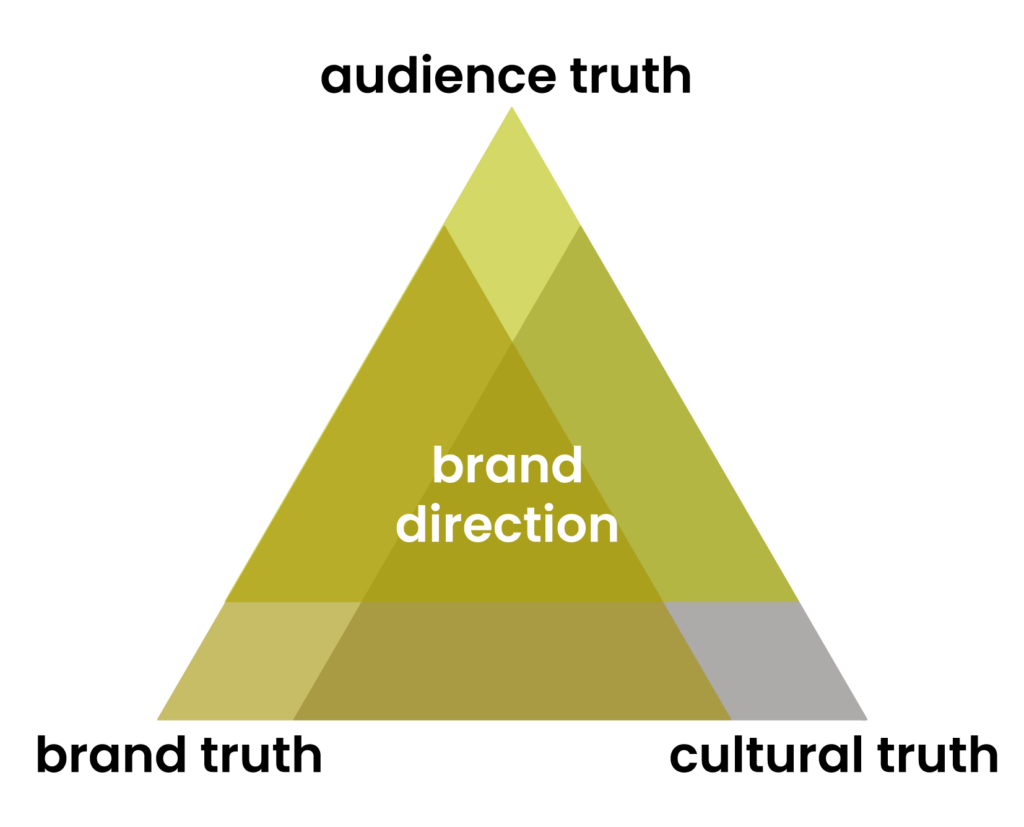
brand audit, pt. 2
The second step of our brand audit is to produce a Brand Matrix that maps out the dynamic between your destination and your target visitor audience.
This includes 9 different dimensions to define the brand, creating alignment between your destination’s externalization (logo, messaging, aesthetic), and the internalization (cultural factors, brand persona, etc).
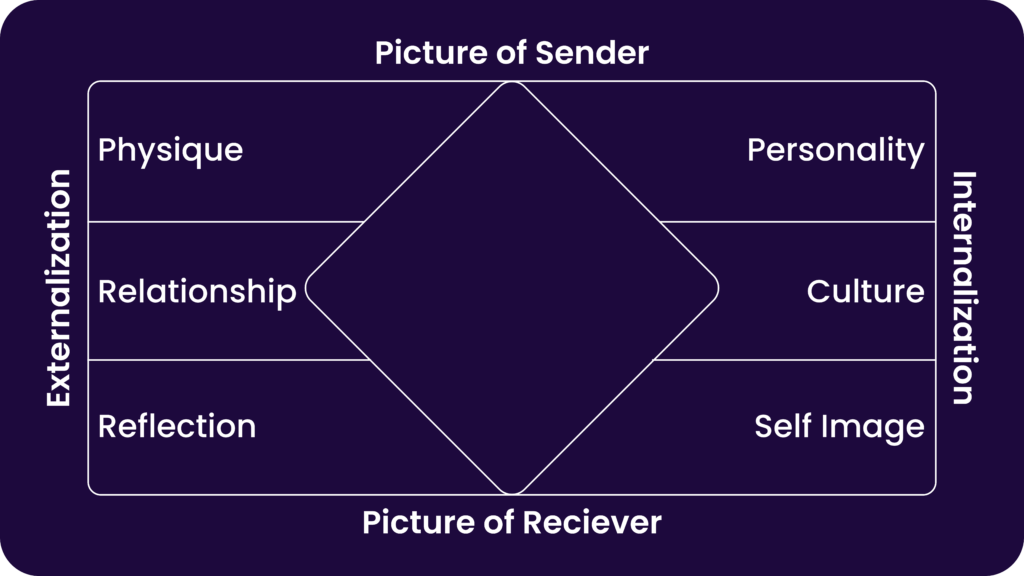
brand audit, pt. 3
The next step is refining messaging points in a way designed specifically to optimize business impact. We start from the point of view of your target visitor personas, and develop a two-pronged approach to messaging:
- Define how visiting helps with specific hardships the visitor is suffering from
- Ameliorate prospective reasons a visitor may choose NOT to visit
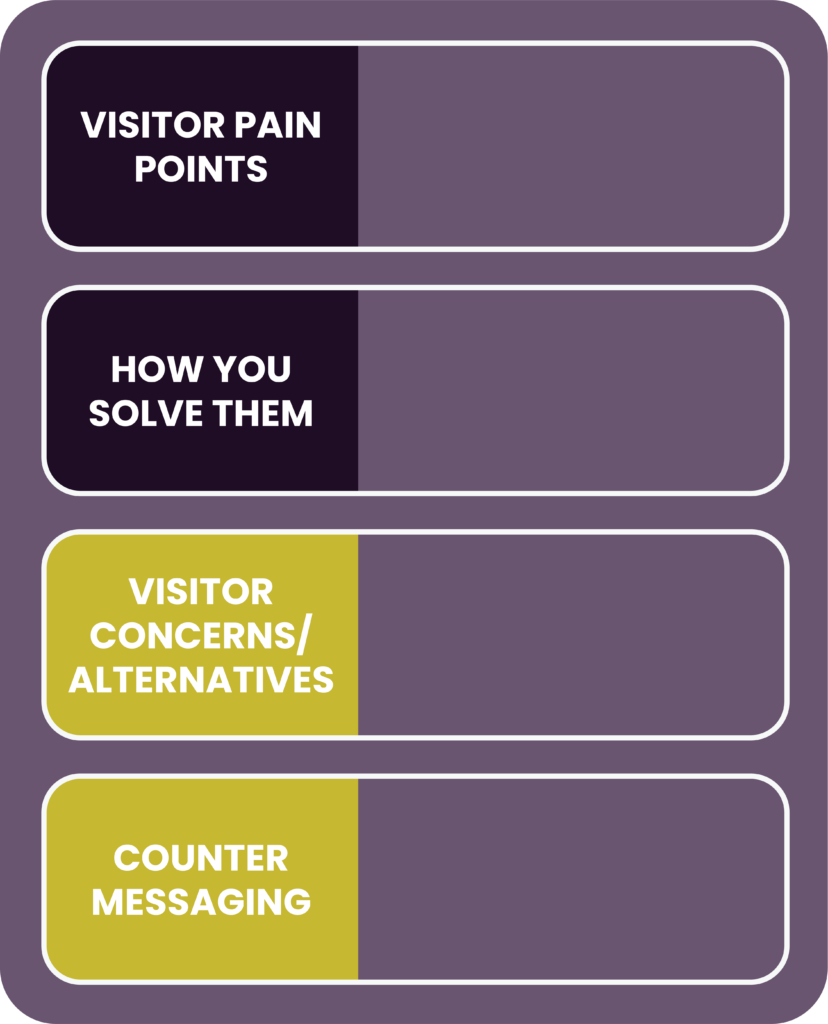
comms
audit
Informed by the findings thus far, CDA will identify and recommend areas of opportunity within your marketing channels, including utilization of our relationship with Visit California:
Audit Includes:
- Web Presence
- Social Media Accounts
- PR & Media Relations
- Paid Advertising
- Co-Ops & Affiliate Communications
- Direct Mail
Recommendations Include:
- Missed opportunities
- Next steps
CDA will then map the different audience personas and objectives of the strategic tourism plan to different marketing and advertising channels, to ensure that there is a strong and clearly defined direction for all communications moving forward.
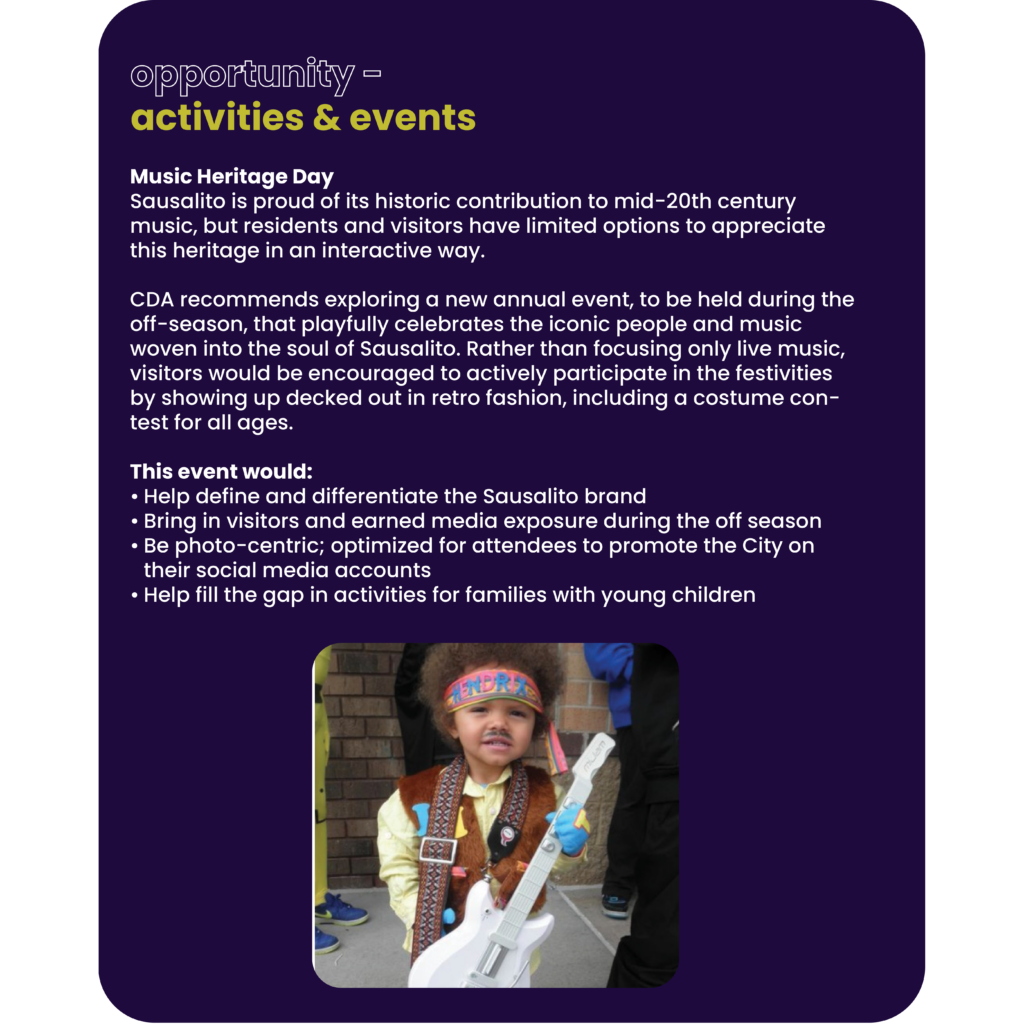
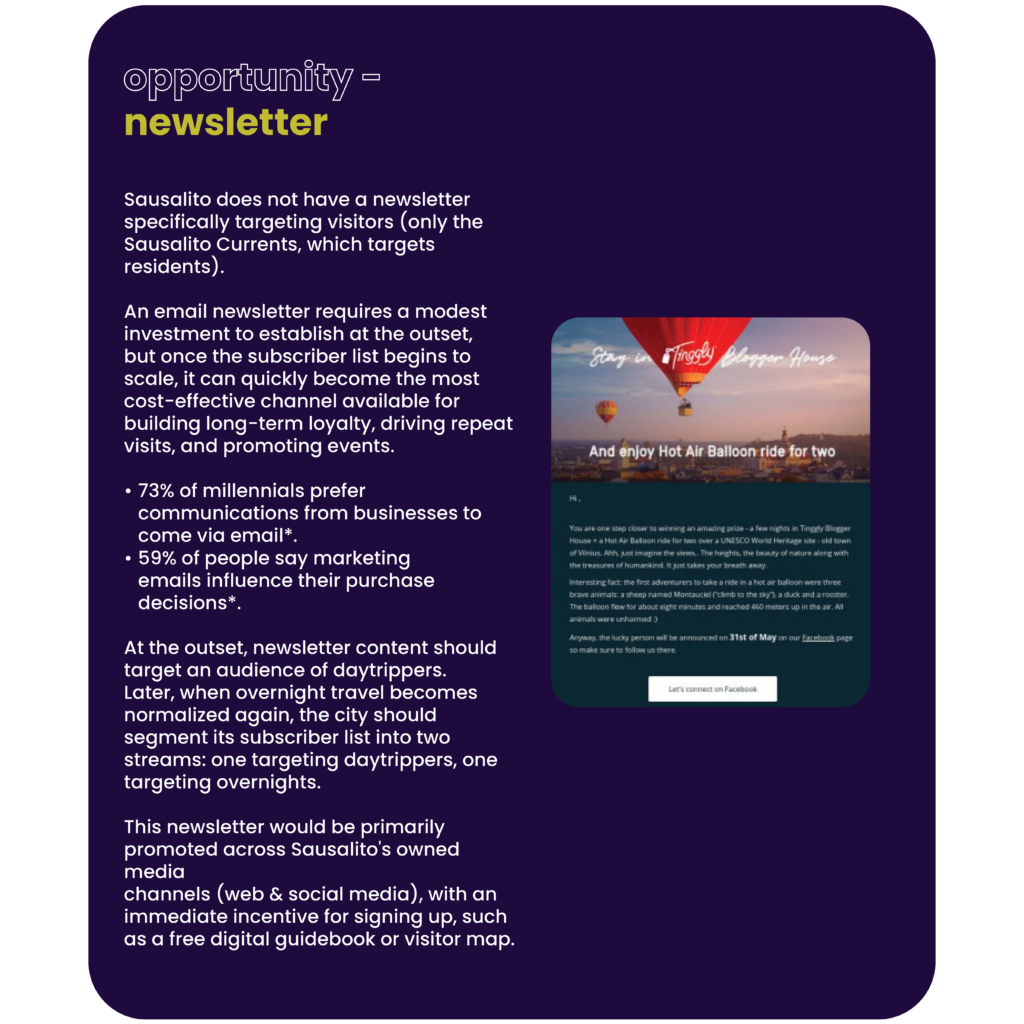
marketing
plan
Finally, CDA will develop a multi-year marketing plan that includes recommended cost to implement, benchmarks, KPIs (target performance metrics), campaign plan, media planning, and a project schedule to implement.
- Key performance indicators (KPIs)
- Media strategy
- Project schedule/campaign calendar
- Cost

